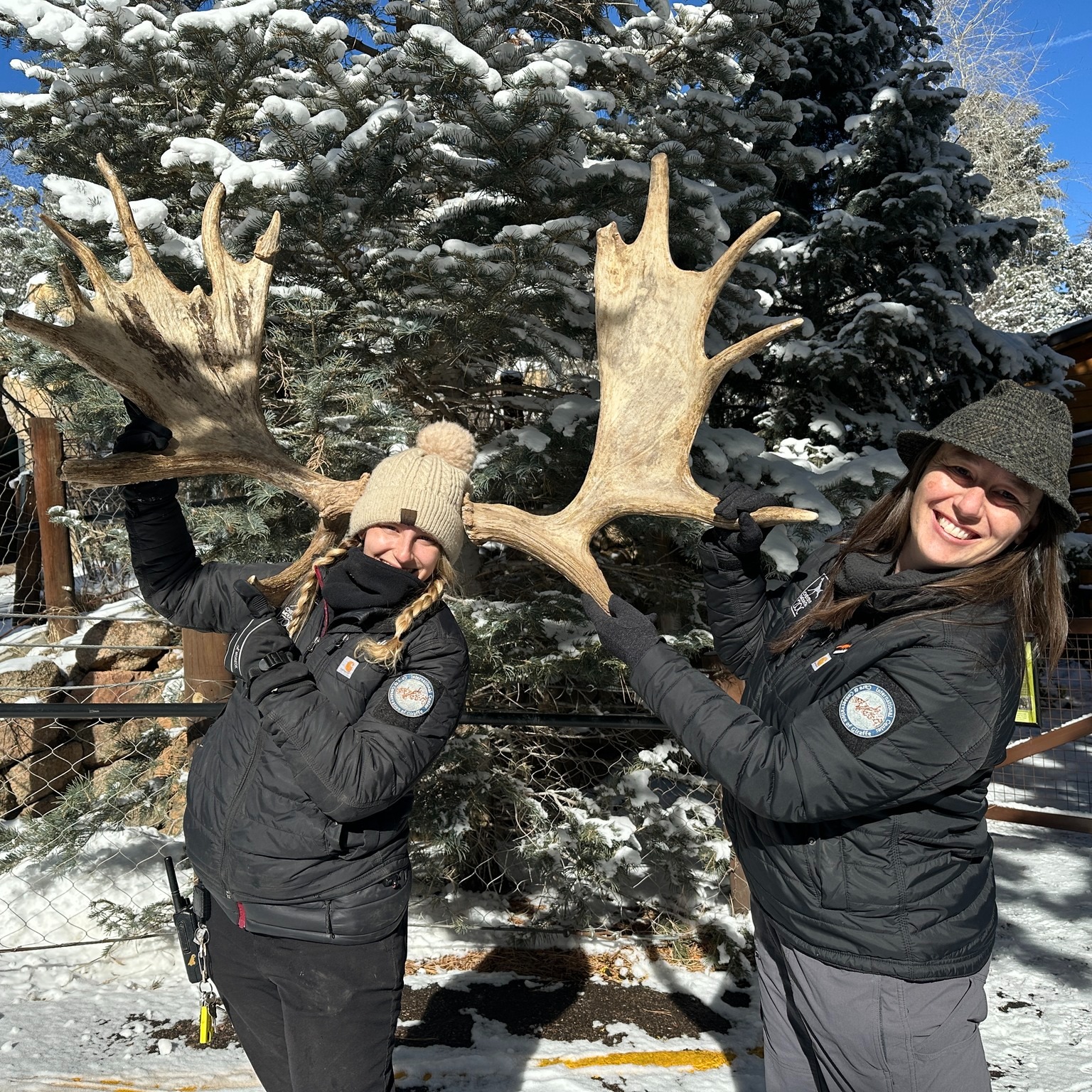- Understand the significance of antler weight in male moose life cycles and how seasonal shedding occurs.
- Deep dive into the anatomy, growth, and ecological roles of moose antlers and their importance in conservation efforts.
- Explore the data-driven engagement strategies using social media platforms to connect audiences with wildlife conservation.
- Provide insights into zoo management practices and their role in promoting education through unique events like the antler weight guessing game.
- Unveil the implications of public involvement in wildlife events on conservation awareness and community building.
Moose antlers are not just magnificent displays of nature’s ability to sculpt, but they also serve as a meaningful indicator of a moose’s biological and ecological processes. Antlers, primarily found on male moose, grow annually and can weigh up to 60 pounds. However, in the case of Atka, a moose residing under meticulous care, his antlers tipped the scales at 22 pounds and 0.048 ounces. This event underscores the fascinating cycle where male moose shed their antlers each winter or spring, providing a unique opportunity to study and engage with this process.
Antler growth begins soon after shedding. This period marks a rapid physiological transformation as the new set develops from bony protuberances on the skull, covered in a soft, velvet-like skin filled with blood vessels and nerves. Hardening commences as summer wanes, culminating in a stately pair of antlers ready by breeding season. The antlers serve practical purposes, primarily in establishing dominance during interactions with other males and attracting mates. They also function as an essential eco-tool, inadvertently benefiting other wildlife through natural behaviors like sparring or brushing against foliage.
Zoo management plays an integral role in an animal’s life cycle, using controlled environments to facilitate unique educational opportunities. Atka’s antler weight, enthusiastically guessed by 2,781 participants, exemplifies how data-driven programs leverage public platforms to foster interest in wildlife conservation. Engaging audiences with events such as this one boosts species awareness and provides a firsthand encounter with the remarkable biology of moose.
Through the antler-weight guessing event, followers of Atka were not only drawn into a fun activity but also educated on moose physiology and behavior. By participating, individuals gain insight into the zoo’s conservation missions, fostering a deeper connection to wildlife. The anticipation and excitement surrounding such events enhance community involvement, aligning participants with conservation objectives.
In wildlife conservation, public involvement in events facilitates a unique communicative bridge between zoos and communities. Encouraging such interactions elevates public awareness about the significance of wildlife and their habitats, prompting thoughtful reflection on conservation practices. This participatory approach helps fuel interest in environmental stewardship by making the community a stakeholder in wildlife conservation efforts.
The reveal of Atka’s antler weight as 22 pounds and 0.048 ounces highlighted a year-over-year increase from 14 pounds and 13 ounces, illustrating natural growth patterns. This weight is a valuable benchmark for zoologists monitoring health, nutrition, and development in captive or managed moose populations. Moreover, examining such data helps with creating comprehensive care and nutrition plans that ensure moose like Atka thrive.
Zoos also take this opportunity to share educational materials on the lifecycle and ecological roles of antlers, promoting greater understanding among the public. Such initiatives are integral to modern zoo management, focusing on conservation while simultaneously fostering educational engagement. Interactive installations, educational displays, and guided tours centered around events like Atka’s antler shedding augment this mission, making it a vital part of contemporary zoological management.
In conclusion, events highlighting Atka’s antlers’ weight draw attention to the importance of animal life cycles and the value of antlers in wildlife studies. A grounded understanding of these biological phenomena aids in formulating enhanced conservation strategies while engaging the public in meaningful ways. The involvement of a broad audience increases the relevance and reach of conservation efforts, reinforcing the essential ties between humans and the natural world.
*****
Source Description
Drumroll, please! Atka’s antlers’ weight is in! The combined weight of Atka’s antlers was… 22 pounds and 0.048 ounces! How close was your guess?
This is Atka’s fourth set of antlers, and male moose typically shed their antlers every winter or spring and start growing a new set. Atka shed his antlers on Feb. 10 and 12 and we asked social media followers to guess his antlers’ combined weigh for a chance to meet Atka up-close. Last year, Atka’s antlers and weighed 14 pounds and 13 ounces combined.
2,781 people submitted guesses through our online form and we’re thrilled to see so much enthusiasm for Atka. Thank you for participating and for celebrating Atka’s annual antler shed in such a fun way.
One person will receive an email from our team this Thurs., Feb. 20 with instructions to claim their 30-minute encounter or virtual video with Atka and his keepers. If multiple people guessed the correct weight, we’ll select a winner at random. If nobody guessed the correct weight, we’ll select the person who guessed closest. The winner has 48 hours to accept their prize via email. If winner does not respond within 48 hours, we will select another winner.


